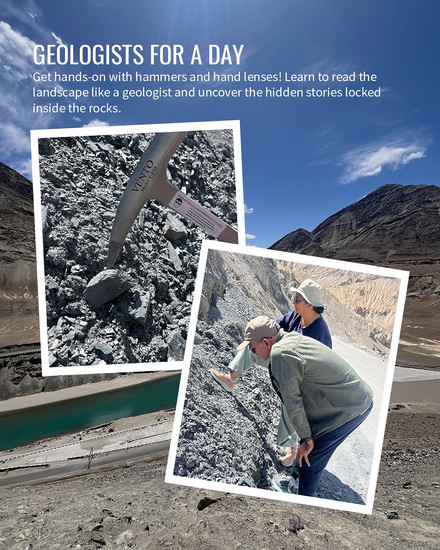The Earth is Alive: Exploring the Vibrant Ecosystems That Sustain Us
- Kanchi Dave
- Jun 17
- 3 min read
Updated: Jul 5

An alien astronomer, from a class M planet (shout out to fellow Star Trek fans), observing Earth through an advanced telescope would likely deduce the presence of life on this planet. The light signatures emitted by the high levels of oxygen and methane in Earth’s atmosphere provide unequivocal evidence of biological activity. This dynamic atmosphere stands in stark contrast to the static, carbon dioxide-dominated atmosphere of Mars. Dr. James Lovelock referred to these atmospheric signals as an "unceasing song of life." Although Lovelock's perspective is inherently biased by Earth's unique life form, his assertion underscores a key concept: the interconnectedness of life and its planetary environment.
"The biological and physical systems of Earth are deeply entwined in intricate feedback loops, forming a complex, self-regulating system. "

The biological and physical systems of Earth are deeply entwined in intricate feedback loops, forming a complex, self-regulating system. This synergy began approximately 3.46 billion years ago with the emergence of microbial life, which started altering Earth’s physical and chemical environment. In 1972, James Lovelock and Lynn Margulis encapsulated this concept in the Gaia Hypothesis. It suggests that all organisms and their inorganic surroundings on Earth are closely integrated to form a single, self-regulating system that maintains the conditions necessary for life.
Through the Gaia hypothesis, a new discipline of study emerged, Earth System Science (ESS). This field views the planet as a complex adaptive system shaped by interactions between biological, chemical, and physical processes. Earth System Science explores planetary cycles, including the carbon cycle, the nitrogen cycle, ocean circulation, climate change, and atmospheric evolution.
"As a young scientist in Canada, I studied the intertwined cycles of the biosphere and geosphere on ancient Earth. Specifically how the biological origins of ancient rocks influenced the trajectory of early life "

As a young scientist at the Crowe Lab, I studied the intertwined cycles of the biosphere and geosphere on ancient Earth. The early oceans were rich in dissolved iron, and the atmosphere began accumulating oxygen as a byproduct of microbial activity. Traditionally, it was believed that atmospheric oxygen oxidized the oceanic iron into its insoluble form, leading to the deposition of banded iron formations, which are geological structures seen worldwide today. However, the high rates of iron deposition observed in some formations suggested another mechanism. My research focused on kb, a microbe with ancient DNA that oxidizes dissolved iron to generate energy for reproduction. These microbes competed with iron-reducing, methane-producing microbes, amplifying the oxidation of Earth’s oceans. This dynamic interaction contributed to the Great Oxidation Event 3.2 billion years ago, resulting in two transformative changes: the formation of banded iron formations and an oxygen- and methane-rich atmosphere. These events paved the way for complex life and created a planetary signature detectable by extraterrestrial observers as a sign of a living world.
"The Neev Project is my attempt to bring this awareness to life"
In examining these connections, I couldn’t help but marvel at the interconnectedness of our planet and seek to understand how we, too, are woven into this living, breathing tapestry. Understanding planetary systems, geological evolution, and the delicate balance of Earth's biosphere provides a crucial perspective on climate change, environmental sustainability, and conservation efforts. The Neev Project is my attempt to bring this awareness to life; taking you on journeys to places experiencing unprecedented climate change, where the intricate dance between Earth's systems becomes both visible and urgent.
We bring these scientific stories to life through immersive experiences in Ladakh, a living textbook of Earth’s history. Join us as we uncover how continents collided, oceans vanished, and life rewrote landscapes.











Comments